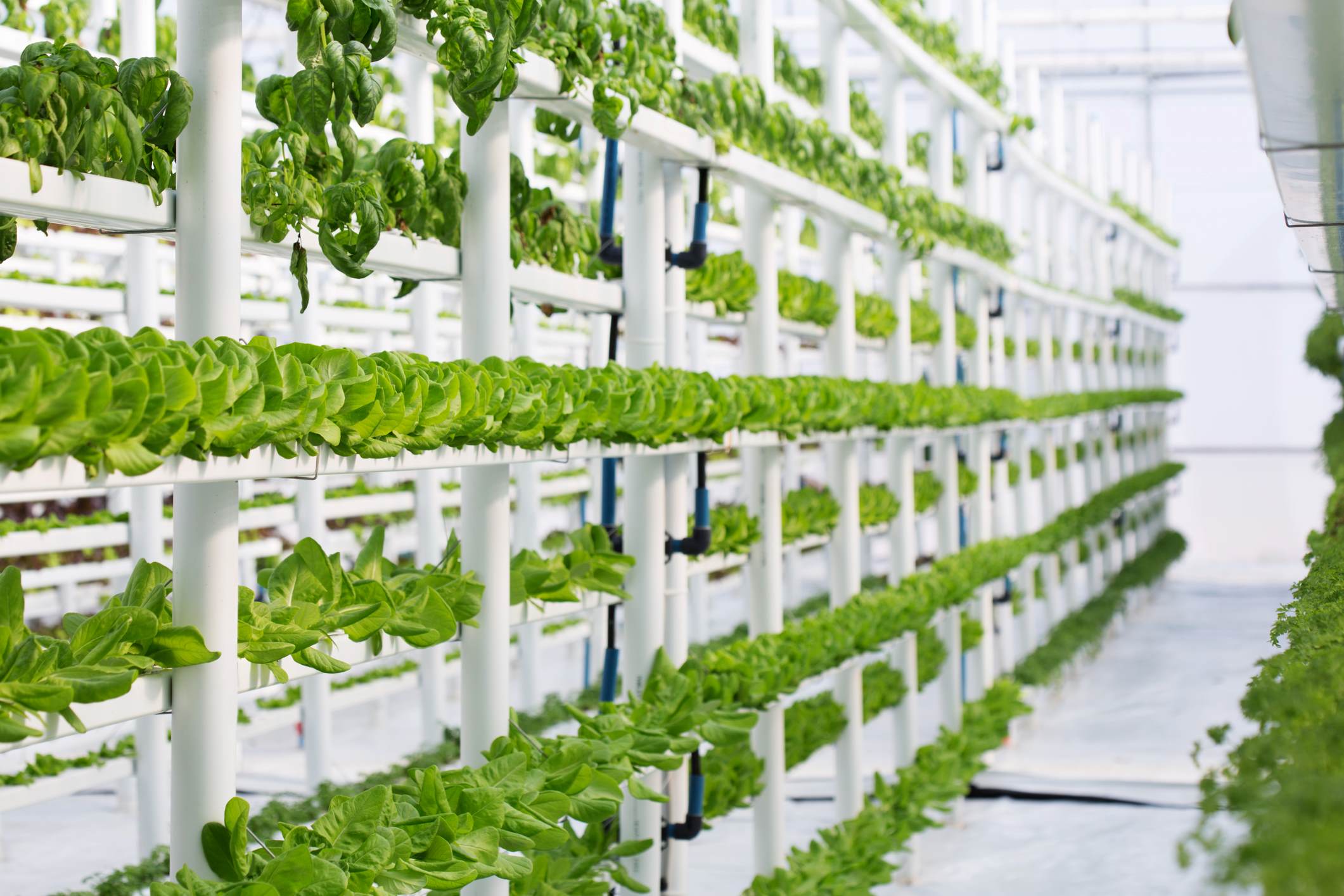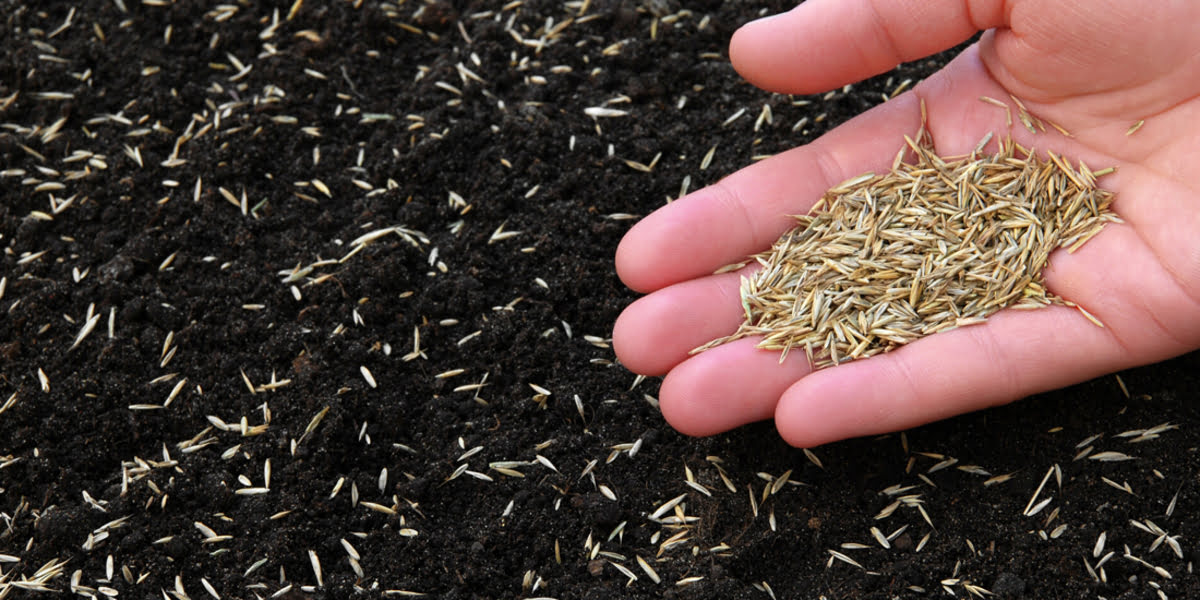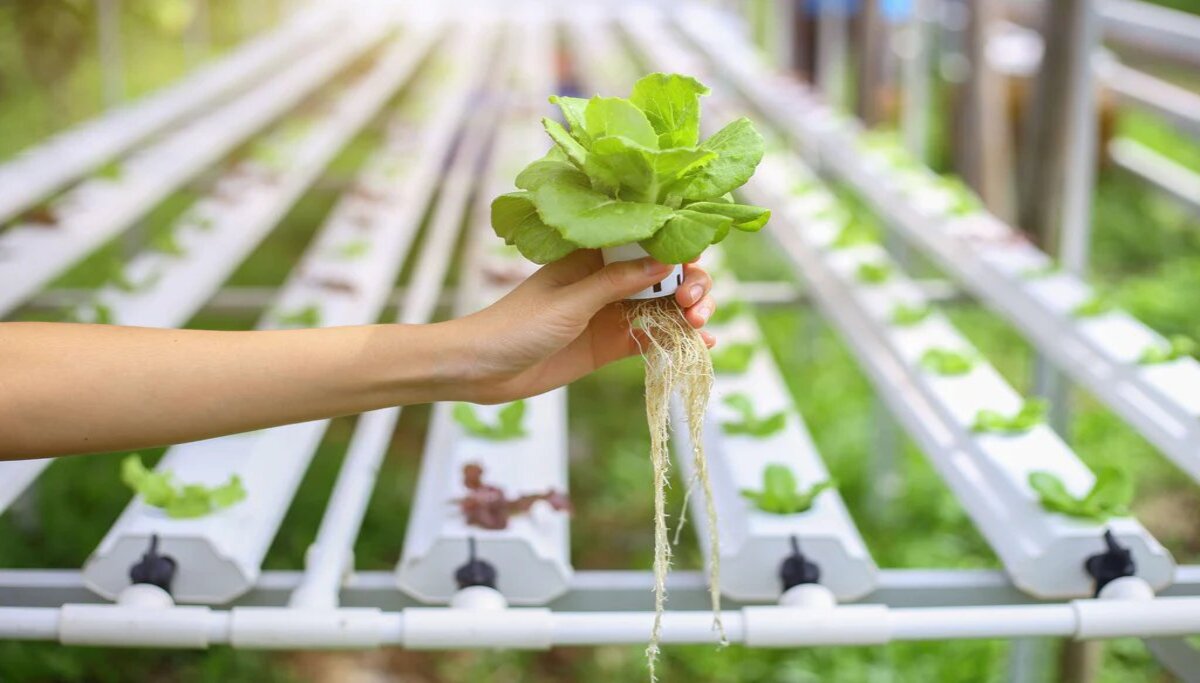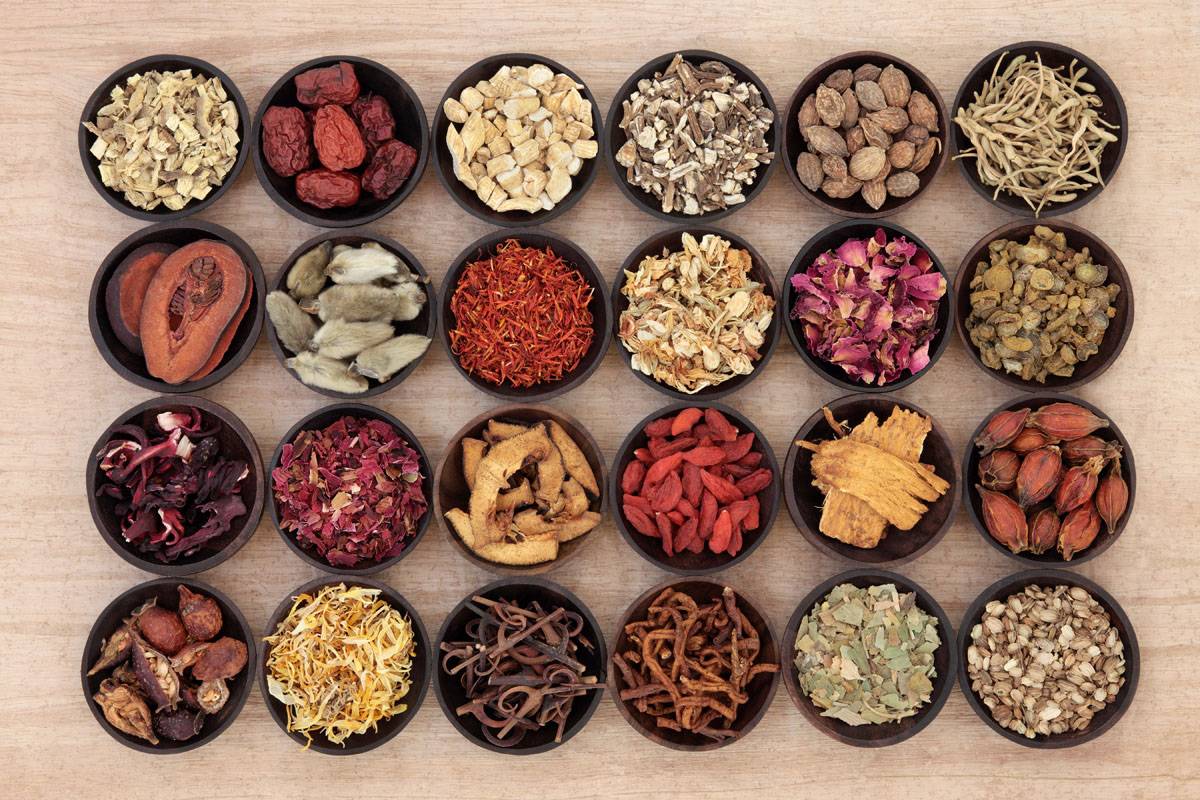Home>Gardening Tips and Tricks>Problem Solving>How Do Grass Seeds Work


Problem Solving
How Do Grass Seeds Work
Published: September 10, 2023
Discover the science behind problem-solving with grass seeds. Learn how grass seeds work and unleash your inner green thumb with our helpful guide.
(Many of the links in this article redirect to a specific reviewed product. Your purchase of these products through affiliate links helps to generate commission for Chicagolandgardening.com, at no extra cost. Learn more)
Table of Contents
Introduction
Grass seeds are fascinating little powerhouses of life that play a crucial role in the growth and maintenance of green spaces. Whether you’re a gardener, a farmer, or simply a nature enthusiast, understanding how grass seeds work can provide valuable insights into fostering healthy lawns, pastures, and landscapes.
At first glance, grass seeds may seem tiny and unimpressive, but they hold within them the potential for new growth, intricate biological processes, and the continuation of plant life cycles. From their specialized structure to their ingenious mechanisms for dispersal, grass seeds are marvels of nature’s engineering.
In this article, we will delve into the intricate anatomy of grass seeds, explore their germination process, and understand the various factors that influence their ability to sprout and grow. We will also discuss the different mechanisms by which grass seeds spread and explore the concept of seed dormancy. Finally, we will touch upon seed viability and longevity, highlighting the importance of proper storage and handling.
By the end of this article, you will have a comprehensive understanding of how grass seeds function and the critical role they play in contributing to lush green landscapes. So, let’s embark on this exciting journey into the world of grass seeds, where we uncover the secrets hidden within these tiny powerhouses of life.
Anatomy of Grass Seeds
To truly appreciate how grass seeds work, let’s start by examining their fascinating anatomy. Grass seeds consist of several distinct parts that work together to ensure successful germination and growth.
1. Seed Coat: The outer layer of a grass seed is called the seed coat. This protective covering shields the embryonic plant inside from potential damage and dehydration. It also acts as a barrier against pathogens and pests, ensuring the seed’s viability.
2. Embryo: The embryo is the vital part of the seed that contains the essential genetic material necessary for growth. It consists of the radicle (developing root), plumule (developing shoot), and one or two cotyledons (seed leaves). These structures provide the necessary nutrients for the initial stages of growth until the seedling becomes self-sufficient.
3. Endosperm: The endosperm is a nutrient-rich tissue that surrounds the embryo. It serves as a food source during germination, providing energy and nourishment for the growing seedling until it can establish its own roots and leaves. The endosperm may be present in varying amounts, depending on the grass species.
4. Aleurone Layer: Situated between the endosperm and the seed coat, the aleurone layer is responsible for producing enzymes that break down complex starches and proteins into smaller, more manageable forms. These nutrients are then absorbed by the emerging embryo, fueling its growth.
5. Hilum: The hilum is a small scar on the seed coat where the seed was once attached to the parent plant. It serves as the entry point for water absorption during germination.
Understanding the anatomy of grass seeds allows us to appreciate the intricate mechanisms by which they begin to sprout and grow. In the next section, we will explore this remarkable process in more detail. So, let’s venture further into the life of a grass seed and uncover the mysteries of germination.
Germination Process
The germination process is a crucial phase in the life cycle of a grass seed. It is the point at which the seed starts to grow, taking root in the soil and developing into a young plant. Let’s delve into the fascinating journey of a grass seed as it undergoes germination.
1. Water Absorption: Germination begins when a seed absorbs water through its hilum, rehydrating the dormant tissues inside. This triggers a series of biochemical changes within the seed, signaling the start of growth.
2. Activation of Enzymes: As the seed imbibes water, enzymes in the aleurone layer are activated. These enzymes break down the stored nutrients in the endosperm into simpler forms that the embryo can utilize for energy.
3. Radicle Emergence: Once the embryo has received sufficient energy and nutrients, the radicle (developing root) emerges from the seed. It anchors the seedling into the soil and begins to absorb water and nutrients from the surrounding environment.
4. Shoot Development: As the radicle extends, the plumule (developing shoot) emerges above the ground. The plumule develops into the first set of leaves, known as cotyledons, which provide the seedling with energy through photosynthesis.
5. Leaf Expansion: As the cotyledons photosynthesize and produce more energy, the seedling continues to grow, with new leaves unfolding. The seedling is now capable of producing its own food through the process of photosynthesis.
6. Root and Shoot Growth: With a firm root system established, the seedling can access nutrients and water from the soil, while the shoot grows upwards towards the sunlight. As the plant matures, it develops more leaves and begins to resemble a full-grown grass plant.
The germination process is influenced by various factors, such as temperature, moisture, light, and soil conditions. Understanding these factors can help gardeners and farmers optimize growing conditions for successful germination. In the next section, we will explore the factors that affect the germination process. So, let’s continue our journey into the intriguing world of grass seeds.
Factors Affecting Germination
Germination is a complex process influenced by several factors that can determine the success or failure of a grass seed sprouting. Understanding these factors is essential for creating optimal conditions for germination. Let’s explore the main elements that affect the germination of grass seeds.
1. Temperature: Temperature plays a critical role in the germination process. Each grass species has an optimum temperature range for germination. Seeds typically require warm soil temperatures to initiate germination, but extremes of hot or cold can inhibit or even prevent germination.
2. Moisture: Adequate moisture is crucial for germination. Seeds need moisture to activate enzymes and soften the seed coat, allowing the embryonic plant to emerge. Insufficient moisture can hinder germination, while excessive moisture can lead to fungal diseases.
3. Light: Light requirements for germination vary among grass species. Some seeds require exposure to light to trigger germination, while others germinate best in darkness. This adaptation ensures that seeds are appropriately positioned for their specific growing conditions.
4. Seed Depth: Planting seeds at the proper depth is vital for successful germination. If the seeds are buried too deeply, they may struggle to emerge through the soil surface. Conversely, if they are sown too shallow, they may dry out or become susceptible to temperature fluctuations.
5. Soil Structure and Composition: The structure and composition of the soil can greatly affect seed germination. Well-drained, loose soil allows for easy penetration of the emerging radicle and provides access to oxygen and nutrients. Soil fertility and pH levels also impact germination success.
6. Competition: Competition from other vegetation can hinder germination and early growth. Weeds and other grasses may compete for resources, such as light, water, and nutrients. Proper weed control and seedbed preparation can help reduce competition and improve germination rates.
By understanding and manipulating these factors, gardeners, farmers, and landscaping enthusiasts can create optimal conditions for successful grass seed germination. However, it’s important to note that different grass species and cultivars may have specific requirements, so it’s essential to research and follow specific guidelines for the desired grass variety.
In the next section, we will explore the fascinating mechanisms by which grass seeds spread and disperse, ensuring the survival and diversification of grass populations. So, let’s move forward and uncover the secrets of seed dispersal.
Seed Dispersal Mechanisms
The ability of grass seeds to disperse and spread plays a crucial role in their survival and colonization of new areas. Over time, grasses have evolved various mechanisms to ensure their seeds are dispersed over long distances. Let’s explore some of these fascinating seed dispersal mechanisms.
1. Wind Dispersal: Many grass species have developed adaptations for wind dispersal. They produce lightweight seeds with structures that allow them to catch the wind and travel far from the parent plant. These seeds often have feathery or wing-like appendages that aid in their dispersal, such as in the case of dandelions and tufted grasses.
2. Animal Dispersal: Some grass seeds have evolved to exploit animals for dispersal. They develop structures that attach to the fur, feathers, or bodies of animals, allowing them to be transported to new locations. Seeds with barbs or hooks are effective at clinging to animal fur, while seeds that produce tasty or nutritious fruits attract animals to eat them and carry the seeds in their digestive systems.
3. Water Dispersal: Water is another important dispersal agent for grass seeds. Seeds that can float or be carried away by water currents have a higher chance of reaching new habitats. Examples include grass species that grow near bodies of water, with their seeds being dispersed downstream or by adhering to floating debris.
4. Self-Dispersal: Some grass seeds have specialized mechanisms for self-dispersal. These mechanisms include seed pods that burst open, propelling the seeds away from the parent plant. This can occur through explosive dehiscence, where the seed pod forcefully ejects the seeds, or through tension release, where gradual drying and shrinking of the seed pod lead to seed release.
5. Ant Dispersal: Ants play a unique role in seed dispersal for certain grass species. These grasses produce seeds with elaiosomes, nutrient-rich appendages that attract ants. The ants carry the seeds back to their nests, consume the elaiosomes, and discard the seeds in nutrient-rich soil, aiding in their germination and dispersal to new areas.
These diverse dispersal mechanisms ensure that grass seeds have the opportunity to colonize new habitats, escape from competition, and maintain genetic diversity within populations. The specific dispersal mechanism of a grass seed is determined by its evolutionary adaptations and the environmental conditions it encounters.
In the next section, we will explore the concept of seed dormancy and how it contributes to the survival and longevity of grass seeds. So, let’s delve further into the secrets of seed dormancy.
The Role of Seed Dormancy
Seed dormancy is a fascinating survival strategy employed by grass seeds. Dormancy is a state of suspended growth where seeds remain viable but do not actively germinate, even when conditions are favorable. This innate mechanism allows seeds to delay germination until the conditions are optimal for the seedling’s survival. Let’s explore the significance of seed dormancy in the life cycle of grass seeds.
1. Environmental Adaptation: Seed dormancy allows grass species to adapt to harsh environmental conditions such as drought, cold, or unfavorable seasons. By delaying germination until conditions improve, seeds increase their chances of survival and successful establishment.
2. Preventing Germination Under Unfavorable Conditions: Seeds may encounter unfavorable conditions, such as extreme temperature or low moisture, that are not conducive to successful germination. Dormancy ensures that seeds do not germinate prematurely and waste their energy reserves in unsuitable environments.
3. Timing of Germination: Seed dormancy also controls the timing of germination to ensure seedlings have the best chance of survival. For example, some seeds require a specific period of cold temperatures, known as stratification, to break dormancy and initiate germination in the following growing season when conditions are more favorable.
4. Protection Against Predation and Competition: Dormancy can protect seeds from being consumed by animals or outcompeted by other plants. By waiting for the right conditions to germinate, seeds can avoid being eaten or shaded out by existing vegetation, increasing their chances of successful growth and survival.
5. Genetic Diversity: Seed dormancy also aids in maintaining genetic diversity within grass populations. Not all seeds within a population break dormancy at the same time, ensuring a staggered germination and establishing a varied range of plants. This diversity enhances the population’s resilience to changing environmental conditions and ensures the survival of the species.
Seed dormancy can be broken through various mechanisms, including exposure to specific environmental signals like temperature fluctuations, light, or scarification (the physical weakening of the seed coat). This allows the seed to transition from a dormant state and resume the germination process.
Understanding the role of seed dormancy in grass seeds can help gardeners, farmers, and land managers optimize their planting strategies and ensure successful and timed seed germination. Now, let’s explore the concept of seed viability and longevity to gain a deeper understanding of preserving seed quality and performance.
Seed Viability and Longevity
The viability and longevity of grass seeds are crucial factors to consider when it comes to planting and preserving seed quality. Viability refers to the ability of a seed to germinate and produce a viable seedling, while longevity refers to how long a seed can remain viable under appropriate storage conditions. Let’s explore these concepts in more detail.
1. Viability: Seed viability is determined by factors such as genetic integrity, seed dormancy, and seed coat integrity. High-quality seeds with a high level of viability have a greater chance of successful germination and establishment. Seed viability can vary based on the grass species, environmental conditions, and seed storage methods.
2. Longevity: The longevity of grass seeds can vary significantly. Some seeds remain viable for a few months, while others can remain viable for years or even decades. Factors that influence seed longevity include seed moisture content, storage temperature, and exposure to light and oxygen. Proper storage conditions can extend seed longevity and preserve seed quality.
3. Storage Conditions: To maximize seed viability and longevity, it is essential to store grass seeds under proper conditions. Seeds should be stored in a cool, dry, and dark environment to minimize moisture uptake and prevent the growth of fungi and bacteria. Proper packaging, such as using airtight containers or moisture-proof bags, can help maintain seed quality.
4. Seed Testing: Seed viability can be determined through seed testing methods such as a germination test. This test involves placing a set number of seeds under ideal germination conditions and assessing the percentage of seeds that successfully germinate. Testing the viability of grass seeds can help determine seed quality and make informed decisions regarding planting or seed purchasing.
5. Seed Certification: Seeds that meet certain quality standards and have a high level of viability can be certified to ensure their reliability and performance. Seed certification programs help maintain and promote the quality of seeds, providing assurance to growers and consumers.
Understanding seed viability and longevity is essential for successful seed establishment, whether you’re a gardener, farmer, or land manager. By selecting high-quality seeds, following proper storage practices, and regularly testing seed viability, you can increase the likelihood of successful germination and establish healthy, vibrant grass stands.
Now that we have explored the concept of seed viability and longevity, let’s capture the key takeaways and conclude our journey into the fascinating world of grass seeds.
Conclusion
Grass seeds are remarkable powerhouses of life, with intricate mechanisms and adaptations that allow them to germinate, grow, and spread. From the specialized anatomy of grass seeds to the factors influencing germination, seed dispersal mechanisms, and the importance of seed dormancy, understanding how grass seeds work is crucial for successful gardening, farming, and land management.
The anatomy of grass seeds, including the seed coat, embryo, endosperm, aleurone layer, and hilum, all play vital roles in ensuring the viability and growth of the seedling. The germination process, driven by water absorption, enzyme activation, and root and shoot development, sets the stage for the seedling’s successful establishment.
Factors such as temperature, moisture, light, seed depth, and soil conditions can affect the germination process, and it’s important to create optimal conditions to enhance seed germination. Seed dispersal mechanisms, whether through wind, animals, water, or self-dispersal, allow grass seeds to colonize new habitats and ensure genetic diversity within populations.
Seed dormancy acts as a survival strategy by preventing premature germination under unfavorable conditions and timing germination for optimal growth. Proper storage and handling are crucial for maintaining seed viability and longevity. By understanding seed viability and longevity, gardeners, farmers, and land managers can make informed decisions about seed selection, storage methods, and planting practices.
In conclusion, the world of grass seeds is a fascinating one, filled with intricate biological processes and adaptations. By delving into the anatomy of grass seeds, understanding the germination process, exploring seed dispersal mechanisms, and recognizing the significance of seed dormancy, we gain insights that can contribute to the success of our grass-growing endeavors.
So, whether you’re tending to a lawn, cultivating pastures, or nurturing landscapes, take some time to appreciate the magic that lies within a grass seed. By harnessing its power and understanding its inner workings, you can create vibrant, healthy green spaces that enrich our environment and bring joy to our lives.










